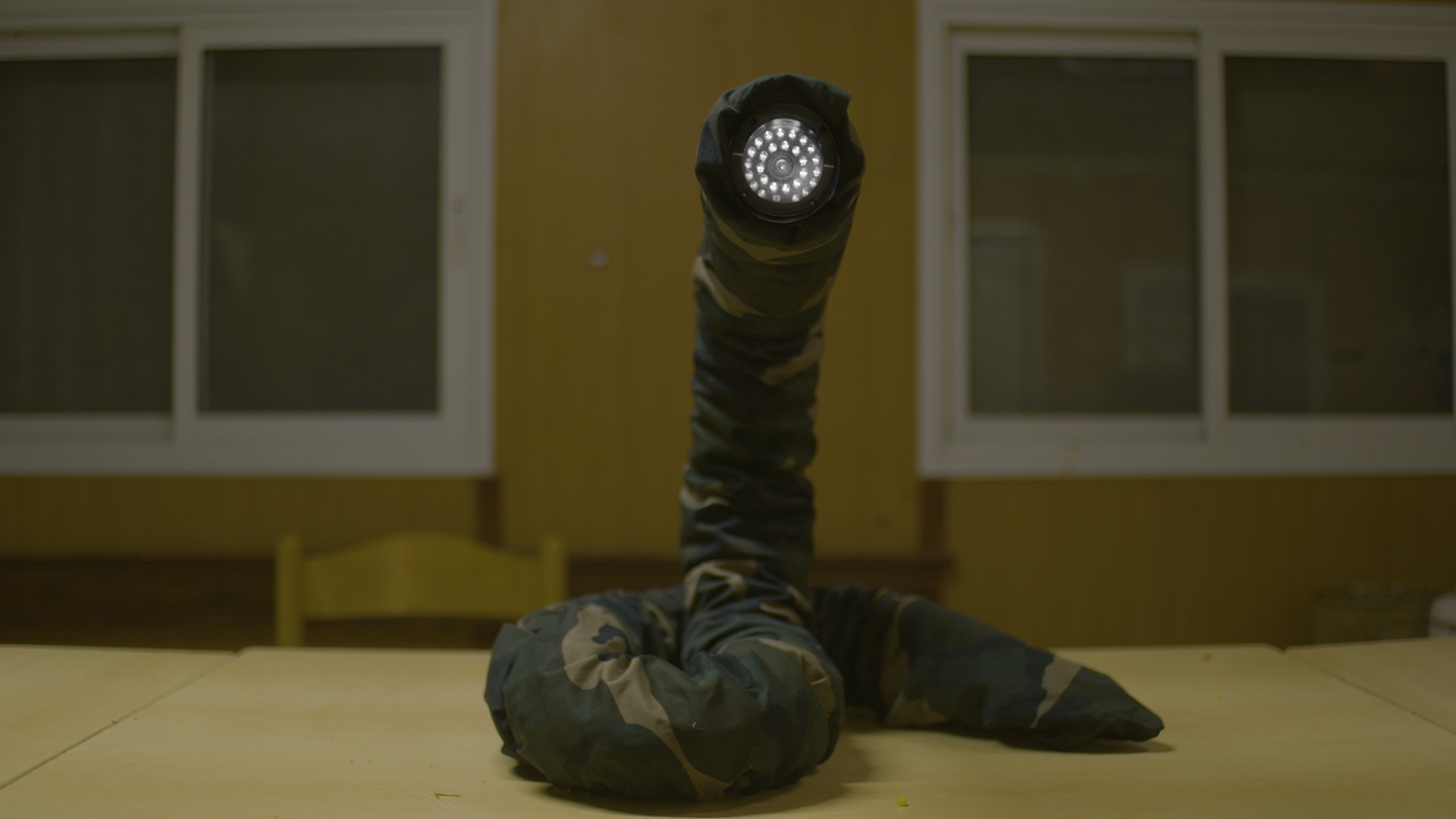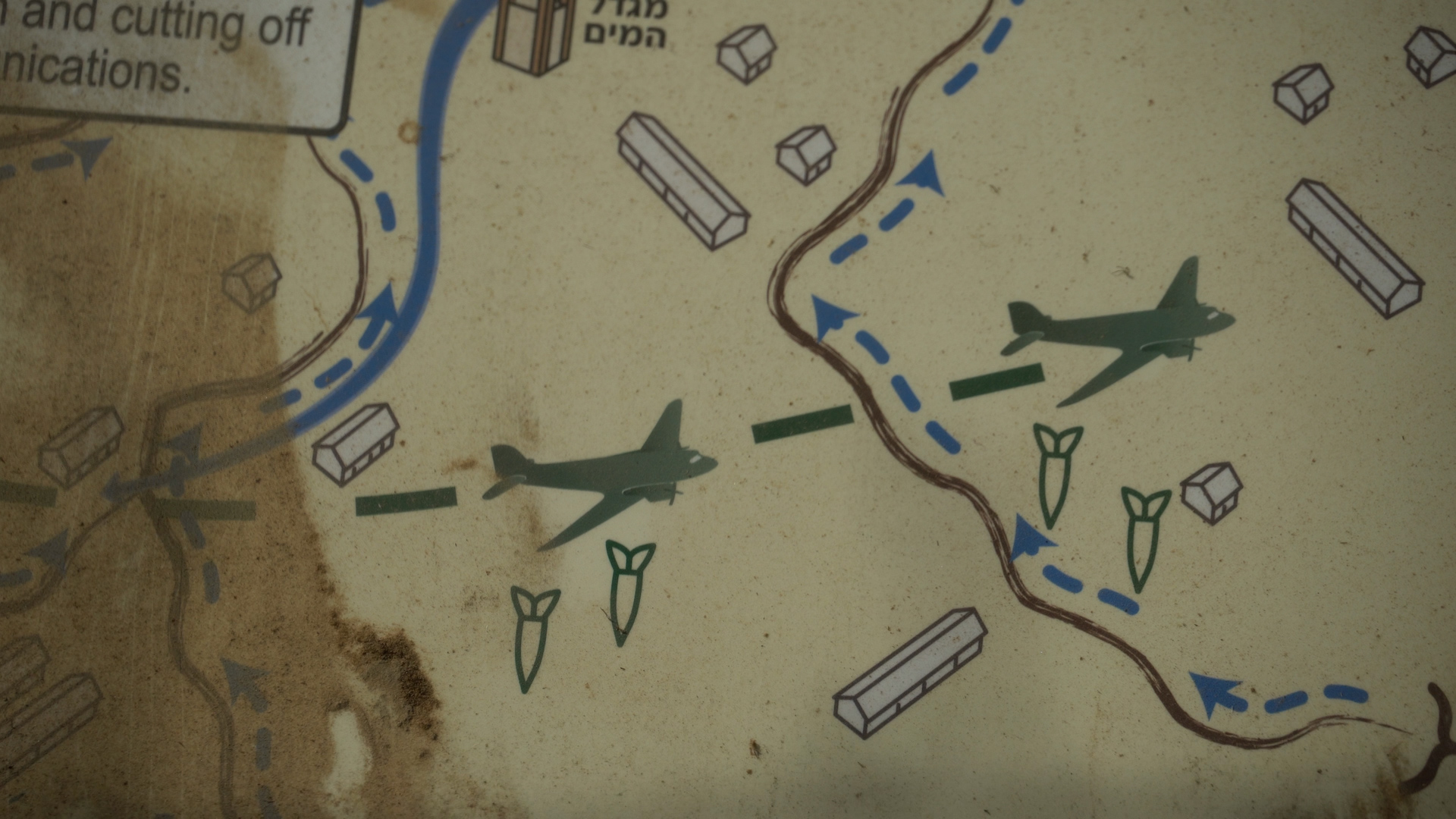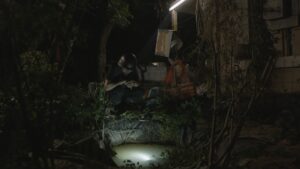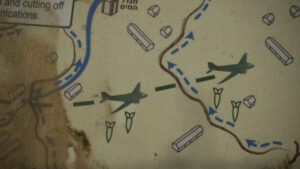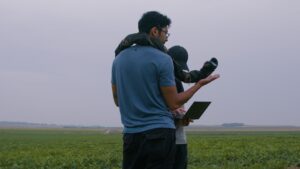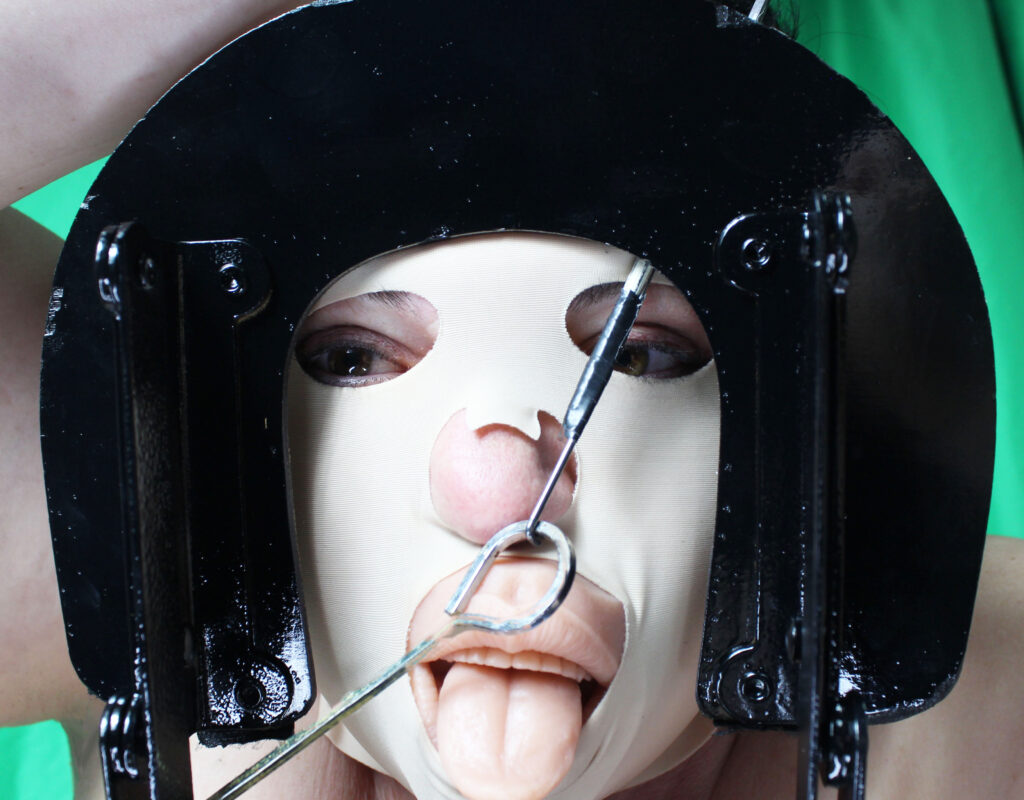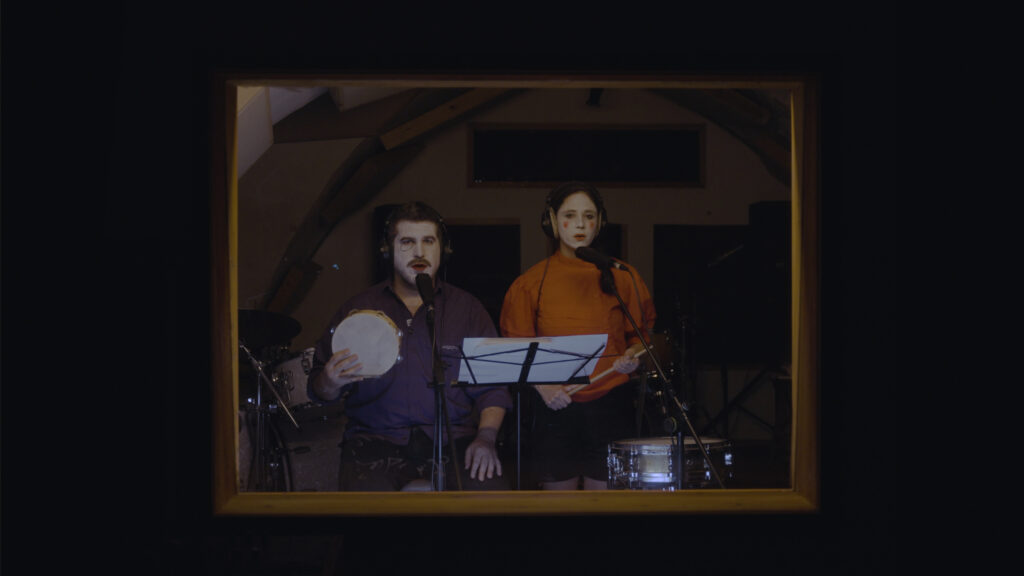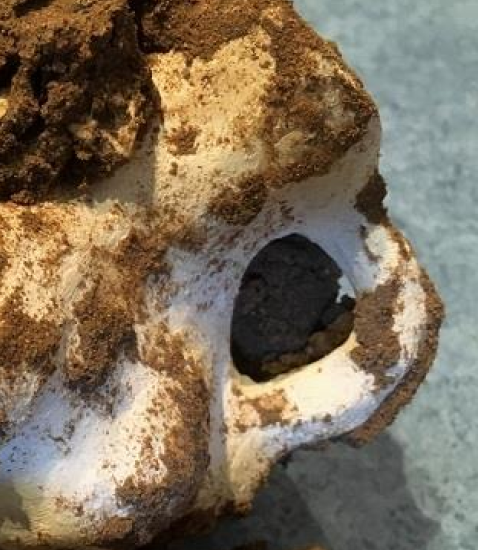Bass Babylon: Jonathan Omer Mizrahi
- 20/12-19/4.2025 20/12/2025
Jonathan Omer Mizrahi has spent recent years observing and documenting the lives of agricultural workers in the Gaza Envelope border region. The migrant workers from Thailand navigate their labor and community lives thousands of kilometers away from home. The Gaza Envelope area was formed with the construction of military-agricultural border settlements along the Gaza border. The farming in this area, which was previously carried out by Palestinian workers from Gaza, and further back by Israeli farmers, has become dependent in recent decades on migrant workers from Thailand. This exhibition emerges from the lens of the Gaza border, tracing the narratives of Thai agricultural workers in southern Israel, the overlooked inheritors of this frontier’s evolution. Over their extended migration in Israel (typically under five-year contracts), the workers form connections and small communities, existing as remote islands in a foreign land under the shadow of rising smoke and the echoes of battles. These transient groups create a culture of migration, shared fates, nostalgia, and labor songs, driven by the longing to return and forge new lives, or to reclaim lives that were suspended at home.
The war disrupted this fragile existence. The dangerous violent struggles around the land was always apparent but the farm workers saw themselves as uninvolved and temporary, part of a distant, unrelated story. Mizrahi’s work enters the eye of the storm and the front line. The films shot from 2021 until the current war follow a group of Thai migrant workers from kibbutz Kfar Aza until and after their deaths on October 7th. The films he captured touch on grief and sadness, the horrific experiences they endured, emotional turmoil, and survivors’ guilt. They tell a story rarely heard in its intimacy and bitterness, about the dead and the ones who survived, about trauma and ghosts. A whole human fabric confronted with a reality not its own.
This story intertwines with another presence. A movement coiling both outward and inward. A mechanical snake slithers to encounters with engineers, soldiers, fieldworkers, and the land itself. The mechanical snake operates as an IDF tool for surveillance and attacks in Hamas tunnels beneath the border and Gaza, and below the soil tilled by farmers. Both innovative and clumsy, its serpentine role oscillates between plaything and weapon. It stands in stark contrast to its organic counterpart, a snake whose smooth, hypnotic movements embody myth and symbolism across cultures. The organic and robotic snakes share physical traits. The snake’s movement adapts to its environment, both above and below ground. The robot is a product of technology that replicates the traits of the living while stripping away their organic circumstances, harnessing these principles of movement and behavior for human purposes, penetrating difficult terrains and scanning hidden spaces. However, the fusion of the two forms, the physical-mechanical and the imagined, takes place particularly in how people perceive the snake.
The snake’s appearance is slithering and coiling around objects and organs. It can be an orientalist circus spectacle or strangle a living body for sustenance. It may emerge from a pit, rise from beneath the ground, weave through the grass, or expose an escape route. It is both a promise and a threat, a source of healing and death. In its religious and cultural meaning, the snake can be a source of knowledge and insight, a figure for guidance and divination. In Thai culture, the snake holds multilayered significance tied to faith and mythology. It often appears as the Naga, a mythical being attributed with power, protection, and wisdom. The Naga is considered the guardian of the Mekong River, marking the boundary of the underworld and the border between Thailand and Laos. According to belief, it can bring rain or cause drought, often linking it to agricultural work and the rhythms of farming life. It serves as a mythical source for prayer and guidance. In the films created by Mizrahi together with the workers, the snake appears as a religious figure operating beyond its surroundings, or perhaps like in the Book of Genesis, the snake already understands what humanity is about to discover.
The works in the exhibition flow like lines in the snake’s spirit, with cinematic motion shifting between documentary and elusive fiction, while the reality in which this event unfolds is well known. Mizrahi’s project offers a creative and associative psychogeographic analysis of the region, using landscape and forensic imagery to explore concepts of territory, soil, and ash. From the Israel-Gaza border, the border between Thailand and Laos, and between the living world and the underworld, a previously unknown human experience is revealed to us. Moment by moment, an unfamiliar being is revealed to us through the strangeness and distance of the characters from our lives, even when they reside alongside us, tilling the land where the serpent sheds its skin.
